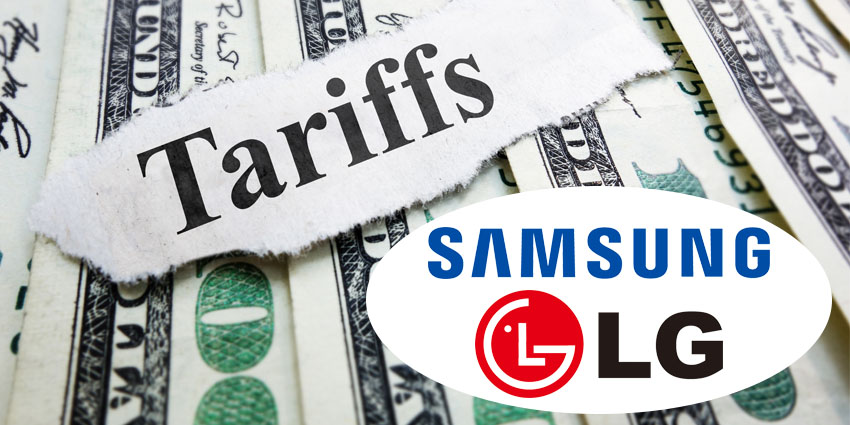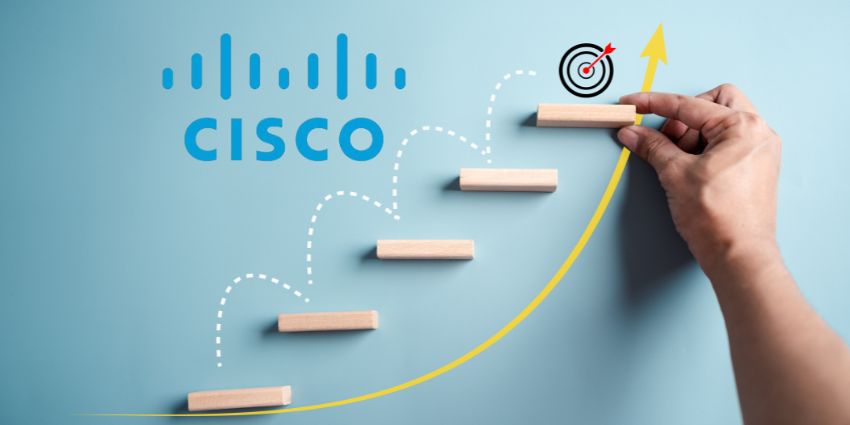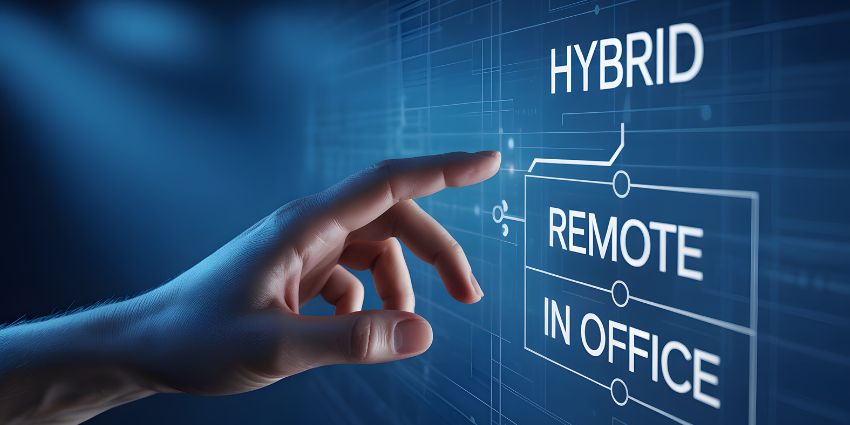Samsung and LG have both confirmed they’re workshopping contingency strategies for incoming President Donald Trump’s mooted tariff plans.
Executives from both Korean businesses used last week’s CES 2025, one of the world’s largest consumer tech events, as a global platform to flag the challenges presented by Donald Trump’s ambitions to overhaul tariffs on imports to reform the US economy.
President-Elect Trump has proposed introducing a blanket tariff of 10 to 20 percent on all imports, which would encompass Samsung and LG, and additional tariffs ranging from 60 to 100 percent on goods imported from China.
Samsung Electronics, Vice Chairman and Co-CEO Han Jong-hee highlighted the company’s readiness to counter tariff impacts at CES Las Vegas. He pointed to Samsung’s diversified production network and advanced AI-driven strategies as critical tools for maintaining agility and ensuring uninterrupted operations in a shifting trade environment.
Han commented in response to a question from The Korea Herald:
The Trump administration is taking office and his big tariff pledge is emerging as a major issue. Samsung operates many factories worldwide, and our production is not concentrated in a single location.”
“We excel in global supply chain management, from component sourcing and manufacturing to delivering products to customers,” Han added. “And when we integrate AI technology to further enhance the system, I believe we can absorb the potential impact and manage the challenges without significant issues.”
Meanwhile, LG Electronics CEO Cho Joon-wan outlined that his company has a “playbook” for various scenarios the Trump administration might adopt.
In a press conference also at CES 2025 in Las Vegas last week, Cho said: “When President Trump assumes office and imposes tariffs or similar measures, we are prepared to adapt. We have our own playbook that outlines specific methods for various scenarios. We must address immediate concerns, such as the implications of Trump 2.0 and our preparations for China’s growing influence.”
Lee Sam-soo, LG’s Chief Strategy Officer, also underlined the potentially significant impact of Trump’s trade and tariffs policy and the necessity to prepare for however it might unfold.
To tackle the challenge posed by tariffs, Lee stressed the company is exploring several strategies, including shifting manufacturing bases for specific products and adopting a “swing production” approach, which entails creating the same product across multiple facilities. Lee also highlighted the importance of efficient inventory management and producing goods in advance as key components of their strategy.
More Information On Trump’s Mooted Tariff Plan And How It Might Impact UC And Collaboration
According to Trump, the initiative aims to create a new revenue stream for the US government, potentially compensating for reduced income tax revenues while also imposing financial pressure on rival nations.
However, many economists have pointed out that while these tariffs could help offset revenue losses from proposed tax cuts, they will likely trigger significant price increases on everyday goods. This is particularly concerning in the technology sector, where many hardware devices and components are manufactured abroad, including in South Korea.
With that in mind, what impact might this proposed tariff plan have on UC and collaboration—for vendors, resellers, and the technology’s business users?
Proposed tariffs of 60–100 percent on Chinese imports and blanket tariffs of 10–20 percent on all imports are likely to raise production costs for UC hardware such as IP phones, headsets, and video conferencing systems.
Manufacturers may pass these costs to organisations and consumers, significantly increasing enterprise technology procurement expenses. Though not directly affected, even cloud services could see subscription price hikes due to the rising costs of hardware infrastructure like servers and networking equipment.
As Samsung and LG have already suggested they might do, vendors can adjust supply chains, sourcing components from non-Chinese regions like Vietnam or India. However, these shifts involve higher initial costs and may not fully offset price increases. More prominent vendors like Samsung and LG could absorb some costs to remain competitive, but smaller players may face tighter margins, layoffs, or restructuring.
End-user organisations may respond by extending hardware lifecycles, transitioning to software-based solutions, or prioritising cloud-based platforms to reduce dependency on physical infrastructure.
The long-term potential implications of the tariffs include further inflation and, subsequently, even greater tech costs. Enterprises may delay IT upgrades or focus on strategic investments aligned with long-term goals. Building partnerships with cost-efficient vendors, exploring refurbishment programs, and leveraging multi-year contracts could help manage procurement expenses while maintaining competitiveness.







